
5 of Hong Kong’s most unusual tourist attractions, from Noah’s Ark to a sewage works to a spooky museum
- Hong Kong is famous for its skyline and attractions such as the Peak Tram, Star Ferry and Big Buddha, but it has some more unusual tourist draws too
- You can visit a sewage works, a food waste biogas plant, a phallic pencil-shaped rock, a Noah’s Ark theme park and a medical museum
Apart from the Star Ferry, Victoria Peak and other well-known Hong Kong attractions, there are a host of unsung places to visit in the city that have all sorts of surprises in store. Here are five of the most unusual.
1. O Park1
Visiting O Park1 may feel like a school trip, but it’s presented in a light-hearted, fun manner, and it has the inestimable virtue of being free.
At O Park1, opened in 2018 a short hop from Sunny Bay MTR station on Lantau, food waste (176,000 tonnes to date) from businesses and government institutions is turned into biogas. This in turn is converted to electricity, some of which powers the plant itself while the rest is sold back to the grid.
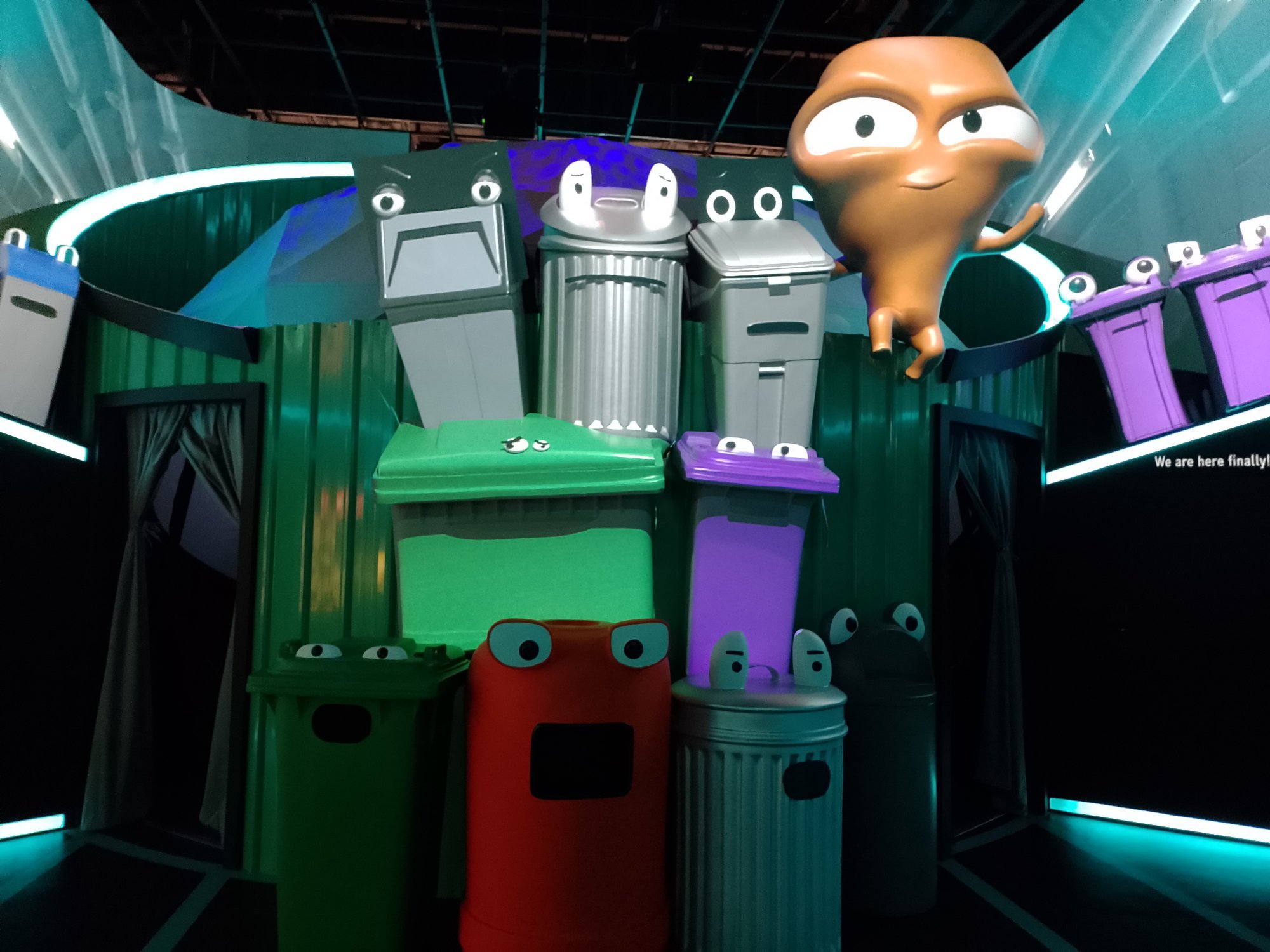
You need to book a tour online and you’ll be conducted around the premises by a chatty, engaged guide.
The crux of the 90-minute tour is an animation featuring Big Waster, a pooh-shaped character who’s backed up by a four-strong chorus made up of Sushi, Mooncake, Cheesecake and Veggie – all of whom have been thrown away well before their eat-by date – with jiggling, winking garbage cans in the background.
The fast-paced action takes place mainly in the on-screen version of the recycling centre, helped along by Cantopop ballads with English subtitles.
The tour then takes in the roof garden, where the compost that O Park1 also produces may be examined. The 3Rs here are Reduce, Reuse, Recycle, and there’s barely a whiff wherever you wander in O Park1.
The toilets are immaculate, if you were wondering.
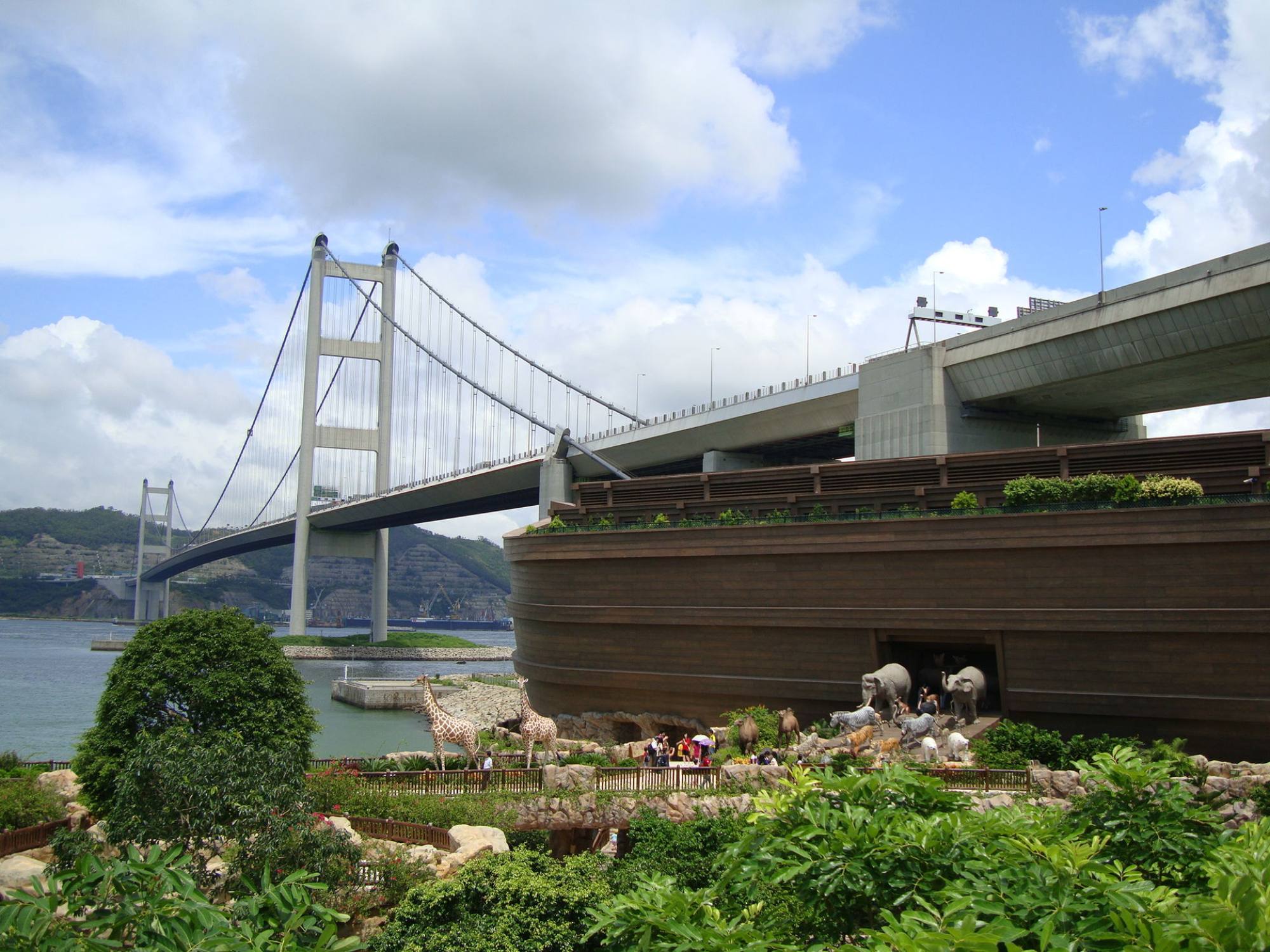
2. Noah’s Ark Theme Park
Noah’s Ark, in Ma Wan, beneath the main double-decker road-and-rail bridge joining Lantau to the rest of Hong Kong, works on two levels.
If you’re under 12, you can take the place at face value, romping around, grabbing selfies with the menagerie on display and tingling at the sight of a 3D rendition of the Great Flood mentioned in the Bible.
Other attractions, such as bike rentals and a tightrope course, cost extra, although there’s a selection of slides and similar play equipment that’s free, as is the well-tended nature garden.

If you’re in your teens or older, you can enjoy the bizarre spectacle of standing beside a life-size wooden ark – around 150 metres (492ft) long, as per Book of Genesis specs – in Hong Kong, attended by 67 pairs of imitation animals – deer, zebras, giraffes, elephants, hippos, warthogs et al – lined up as if disembarking.
Noah’s Ark opened in 2009 and has a heavy evangelical Christian bent which may not be obvious to younger visitors. It houses a hotel and a park, both of which closed for a while during the Covid-19 pandemic and are showing their age, with faded signage and other examples of wear and tear.
Entry (HK$198 for adults, HK$158 for children) is less than half the cost of entry to the city’s Ocean Park theme park, and a third the price of Disneyland.
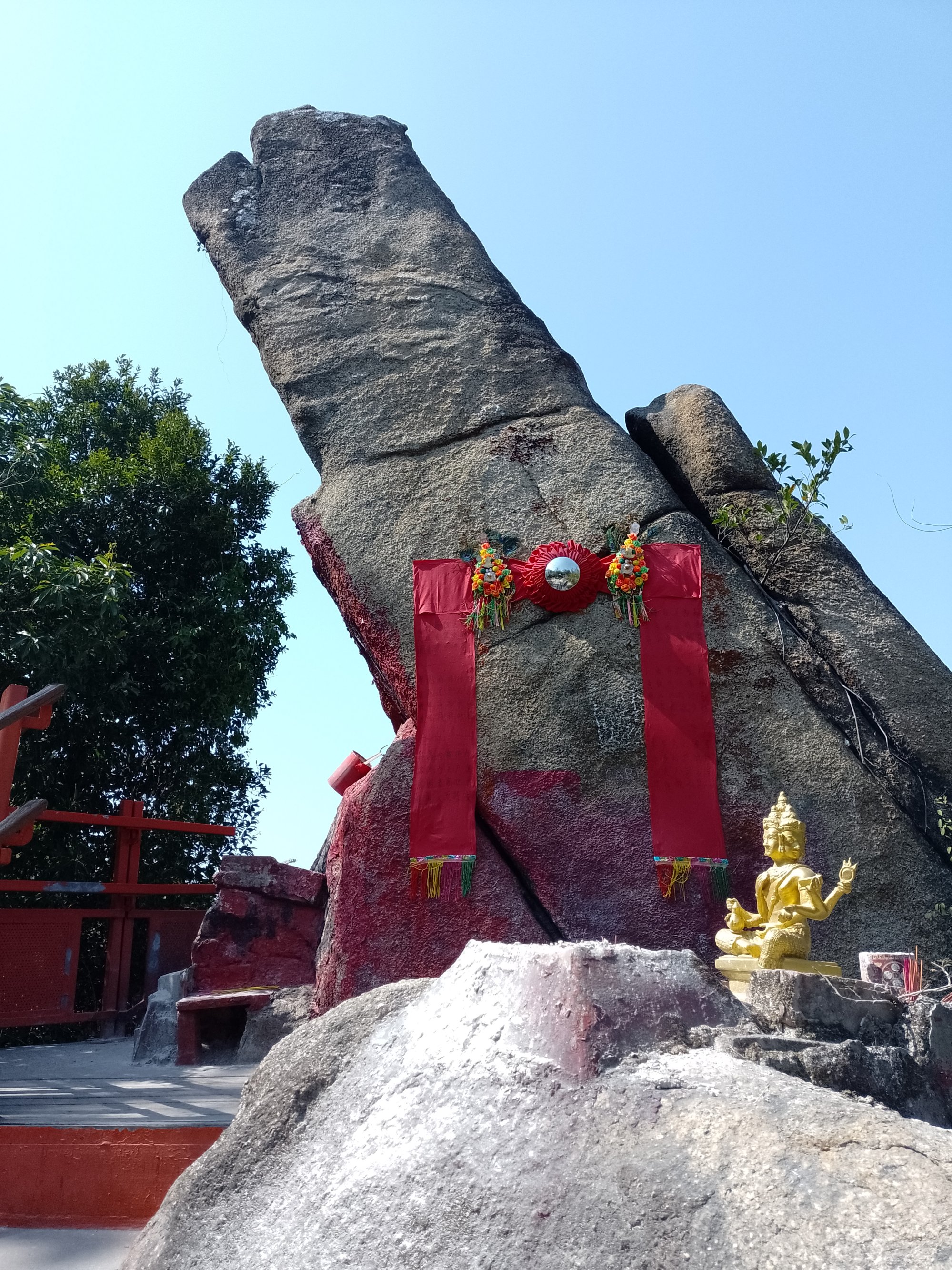
3. Lovers’ Rock
According to the Home Affairs Department’s website: “Lovers’ Rock stands on the hillside above Bowen Road, Wan Chai. It resembles a stone pen sticking out of a stone base.”
A pen? Any five-year-old will tell you it looks more like a big willy. What prude decided on a writing implement, thereby emasculating one of Hong Kong’s oldest and most venerated attractions?
The text continues: “It is believed that worshippers’ sincere wishes would come true if they hang a wine bottle on a tree near the Lovers’ Rock.”
That’s another piece of hokum. You’ve got a better chance of your wishes coming true if you drink that bottle rather than leaving it to the mercy of the elements. What is more or less true is that three times a month, single people come here to pray for a partner.
Prissy circumlocutions aside, this is a moving, spiritual site, with the dozens of offerings scattered either side of the steep flight of steps that leads up to this phallic geological quirk providing a poignant reminder of the longings of hundreds of lonely hearts.
As the old saying goes, “getting there is half the fun”: Bowen Road’s dead-level 4km – madcap metropolis on one hand, forested slopes on the other – featured in some of Hong Kong’s earliest guidebooks, is recommended as a tranquil escape from the city. And, of course, no destination is more worth arriving at than a pen is.
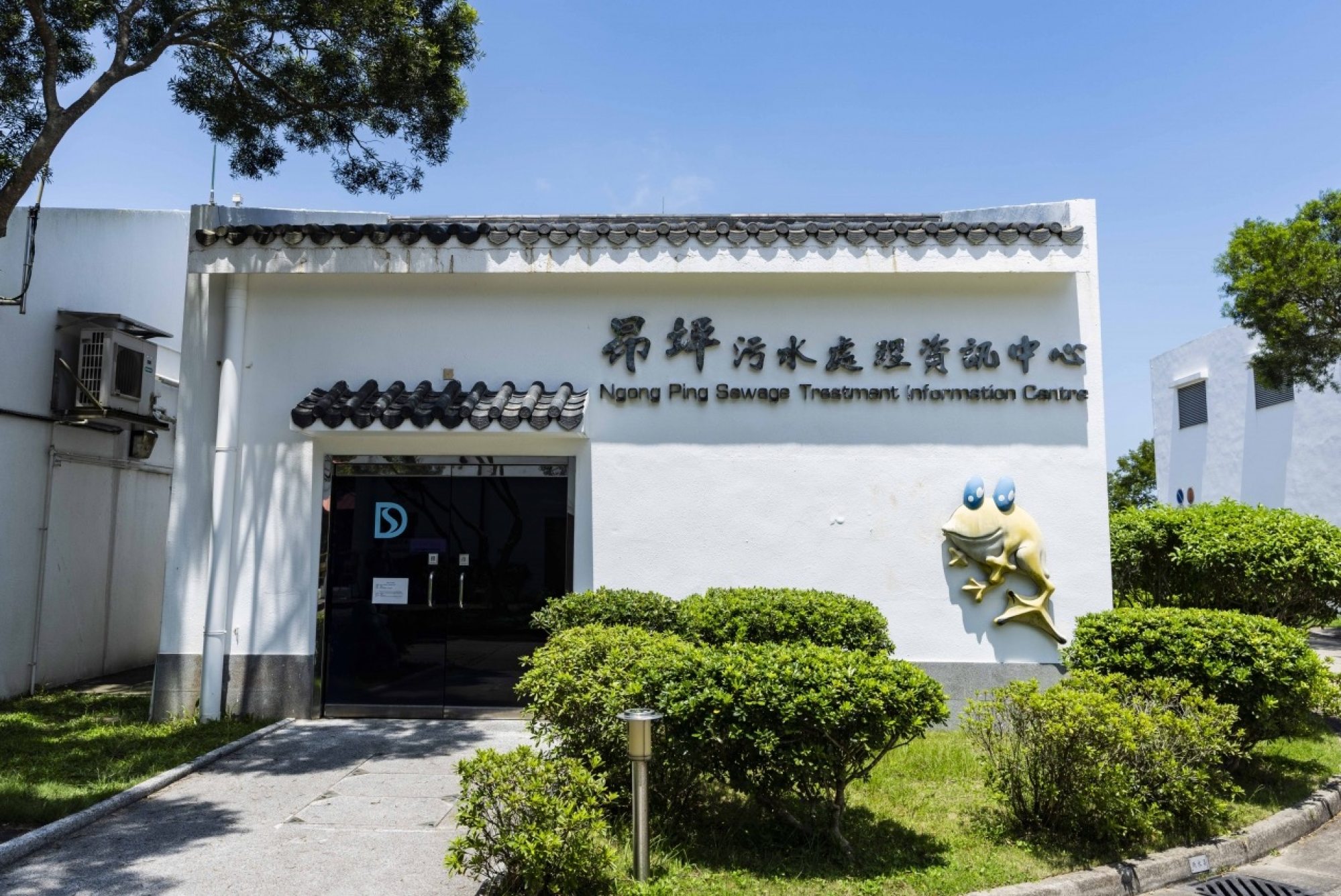
4. Ngong Ping Sewage Treatment Information Centre
Move over, Tian Tan Buddha. Never mind the crystal cabins of the cable car from Tung Chung to Ngong Ping, or the debatable glories of Ngong Ping Village, Wisdom Path and Po Lin Monastery. The secret highlight of this no-longer-secluded plateau high in the hills of Lantau is ... its sewage plant.
As might be expected, there’s rarely a queue to get in. Once through the doors, there’s plenty of straightforward and practical interpretations of how sewage gets zapped.
After all, as the Drainage Services Department points out with more than a smidgen of glee, this was Hong Kong’s first “tertiary sewage plant”, meaning that a combination of physical and chemical processes is used to remove harmful microbiological contaminants from wastewater.
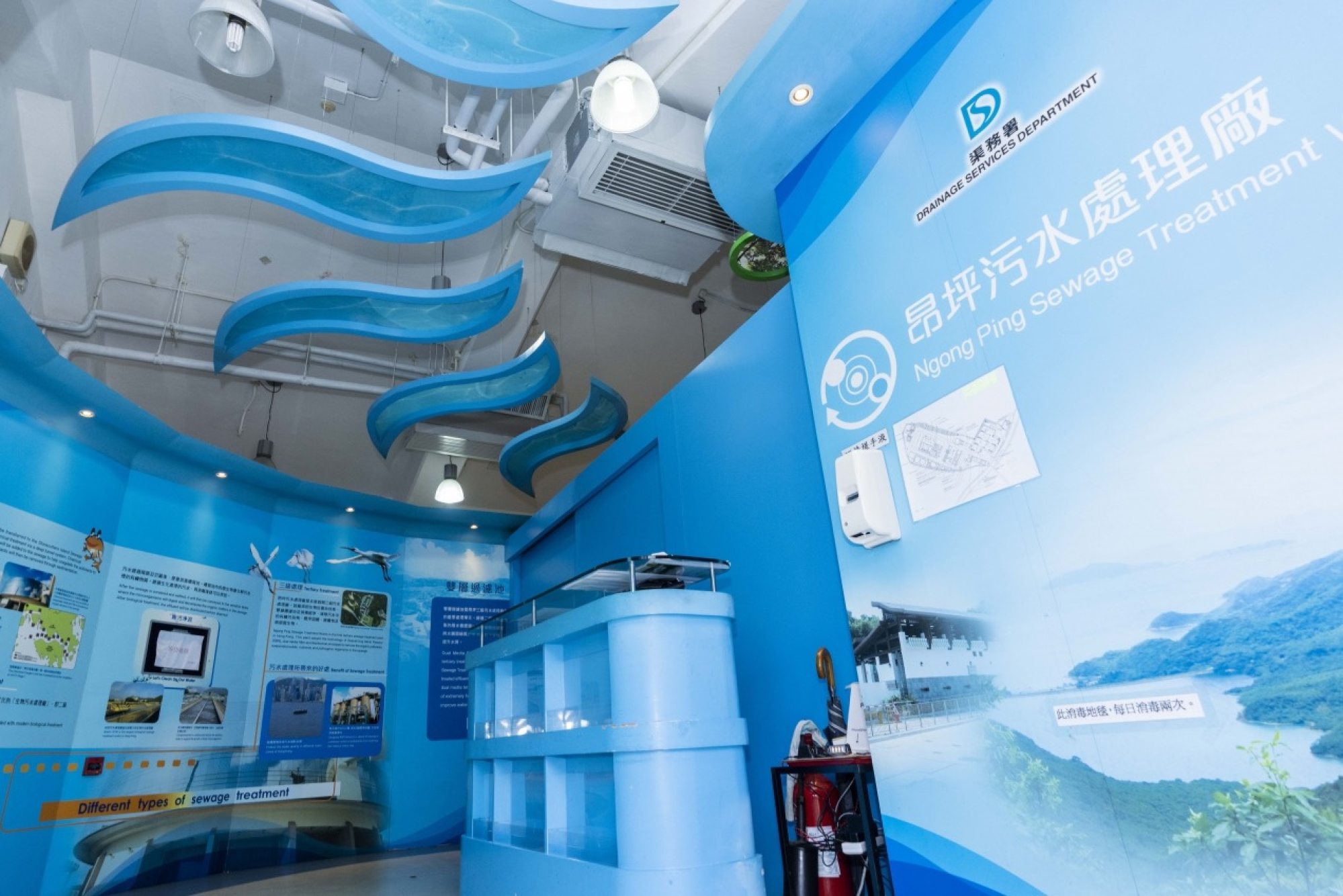
What’s more, as much of the plant as possible has been concealed underground, so those structures that are visible have been designed to fit in both with the landscape and nearby religious structures. And, given the way the breezes can blow at this altitude, the pong has been taken care of by a centralised deodorisation unit.
More government buildings could do with that sort of care, attention and forethought.
Of course, the centre is never going to feature at the front of many guidebooks, but its pride in itself is touching.
The centre – as well as some of the well-landscaped site – is open daily except on Mondays and public holidays. Call 2594 7073 for inquiries. Unlike at many visitor attractions around the world, the exit here is not “through the gift shop”. Because there isn’t one.

5. Museum of Medical Sciences
So you thought Hong Kong being ravaged by a mysterious disease was something new?
Bubonic plague claimed 2,000 lives in 1894, a toll that finally galvanised the authorities into cleaning up the city.
Officials also concluded that a proper pathological laboratory would be a good idea, and a fine three-storey, Edwardian-style edifice was raised in Caine Lane in 1906, designed by the architects Leigh & Orange, who seem to have put together just about everything else in Hong Kong at that time, from the Ohel Leah Synagogue to the Mandarin Oriental Hotel.
Today the building houses the Museum of Medical Sciences – and it’s more of a must-squirm than a must-see if you’re squeamish. The operating table in the basement, which feels ever so slightly like a dungeon, is too basic for comfort, while the ancient dentist’s chair around the corner is the wrong side of primitive.
There are many other gruesome medical instruments, so it’s a huge relief to read about the development of anaesthetics.
More shudders await upstairs, where two mannequins eagerly bend over a brace of rats they are dissecting – at one stage, 10,000 rodents were submitted to this intimate examination every year.
Collywobbles aside, the museum does a fine job of putting health and disease in context, with a balance of artefacts in glass cases and audio-visual aids. And nobody can fail to appreciate this century-old building, with its graceful lines and broad wooden staircase, that’s smack in the middle of Mid-Levels. Entry is HK$20.

